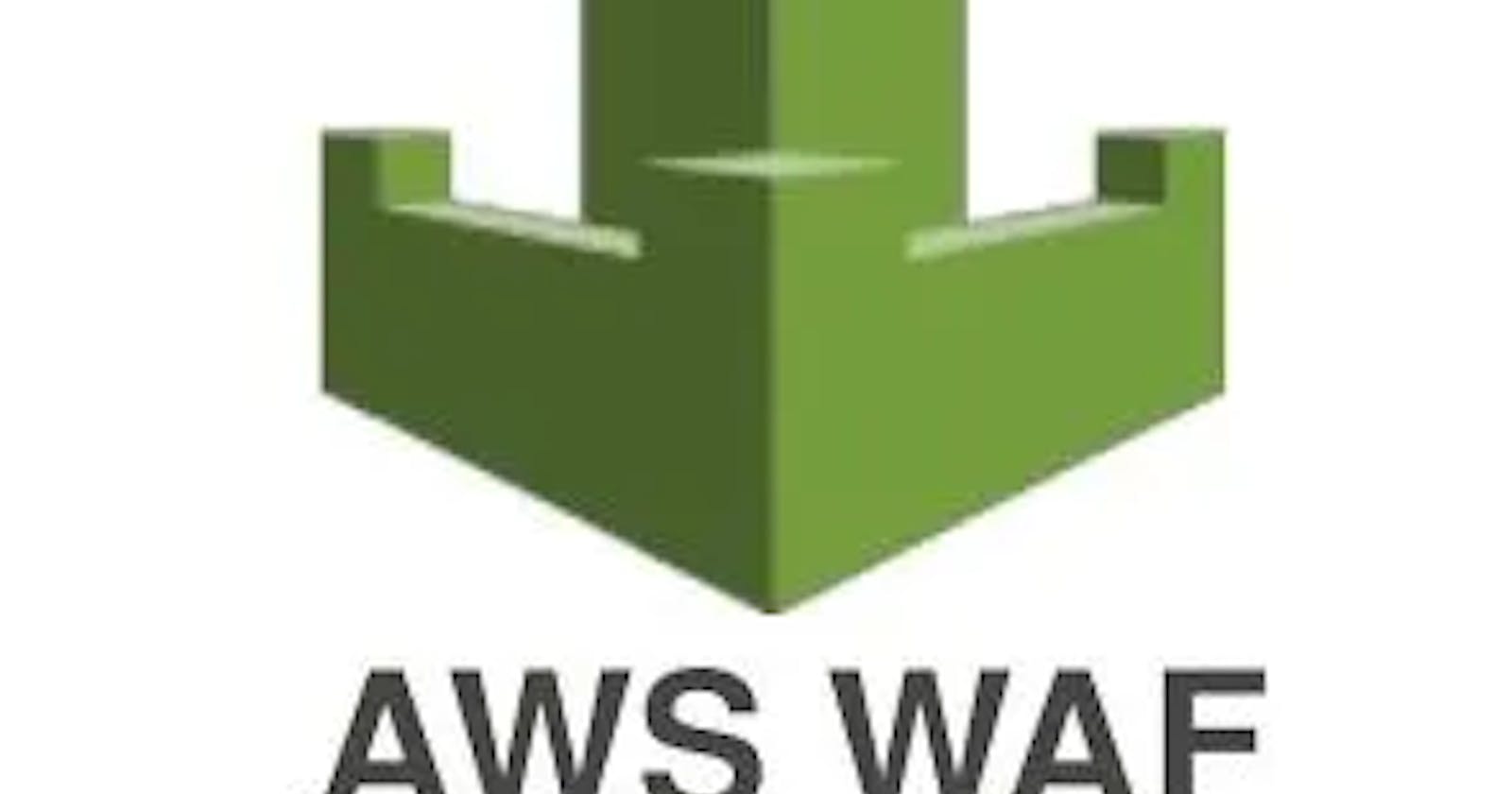Securing Your Applications: Deploying AWS WAF with Terraform

Introduction :-
#AWS Web Application Firewall (WAF) is a service that helps protect web applications from attacks by allowing you to block malicious traffic before it reaches your servers. #Terraform is an open-source infrastructure as code tool that can be used to manage your AWS infrastructure in a declarative manner. In this tutorial, we will show you how to #deploy AWS WAF using Terraform.
Step 1: Set up the Environment
Before you begin, you need to set up your environment. This includes installing Terraform, setting up an AWS account, and creating an #IAM user with the necessary permissions.
Step 2: Define the Terraform Configuration
Next, you need to define the #Terraform configuration. This includes creating a main.tf file, a variables.tf file, and an outputs.tf file.
Here is an example of what your main.tf file might look like:
provider "aws" {
region = "${var.aws_region}"
}
resource "aws_wafv2_web_acl" "web_acl" {
name = "${var.web_acl_name}"
description = "${var.web_acl_description}"
scope = "REGIONAL"
default_action {
block {}
}
rule {
name = "${var.rule_name}"
priority = "${var.rule_priority}"
statement {
byte_match_statement {
field_to_match {
single_header {
name = "User-Agent"
}
}
positional_constraint = "STARTS_WITH"
search_string = "BadBot"
text_transformation = "LOWERCASE"
}
}
visibility_config {
cloudwatch_metrics_enabled = true
metric_name = "BadBotRule"
sampled_requests_enabled = true
}
}
}
This configuration defines an #AWS WAFv2 web ACL with a single rule that blocks traffic from user agents containing the string “BadBot”. It also enables #CloudWatch metrics for the rule.
Step 3: Define the Variables
Next, you need to define the variables used in the Terraform configuration. This includes creating a variables.tf file with the following contents:
variable "aws_region" {
description = "The AWS region in which to deploy the WAF"
default = "us-east-1"
}
variable "web_acl_name" {
description = "The name of the WAF web ACL"
default = "WAF"
}
variable "web_acl_description" {
description = "The description of the WAF web ACL"
default = "My Web ACL"
}
variable "rule_name" {
description = "The name of the WAF rule"
default = "bad-bot-rule"
}
variable "rule_priority" {
description = "The priority of the WAF rule"
default = 1
}
Step 4: Define the Outputs
Finally, you need to define the outputs for the #Terraform configuration. This includes creating an outputs.tf file with the following contents:
output "web_acl_arn" {
value = "${aws_wafv2_web_acl.web_acl.arn}"
}
This output will provide the ARN of the AWS WAFv2 web ACL that was created.
Step 5: Deploy the Infrastructure
Now that you have defined the #Terraform configuration, variables, and outputs, you can deploy the infrastructure.
First, initialize Terraform by running the following command & Next, you can plan the deployment by running the following command:
terraform init
terraform plan
If the plan looks correct, you can apply the changes by running the following command:
terraform apply

Step 6: Clean up the Resources
If you no longer need the AWS WAFv2 web ACL, you can clean up the resources by running the following command:
terraform destroy
This command will destroy the AWS WAFv2 web ACL and any associated resources.
Conclusion :-
In this tutorial, we showed you how to deploy #AWS WAF using Terraform. By defining the Terraform configuration, variables, and outputs, you can easily manage your #AWS infrastructure in a declarative manner. #Terraform allows you to easily provision and manage your AWS resources, making it an essential tool for any #DevOps engineer or #cloud architect.
